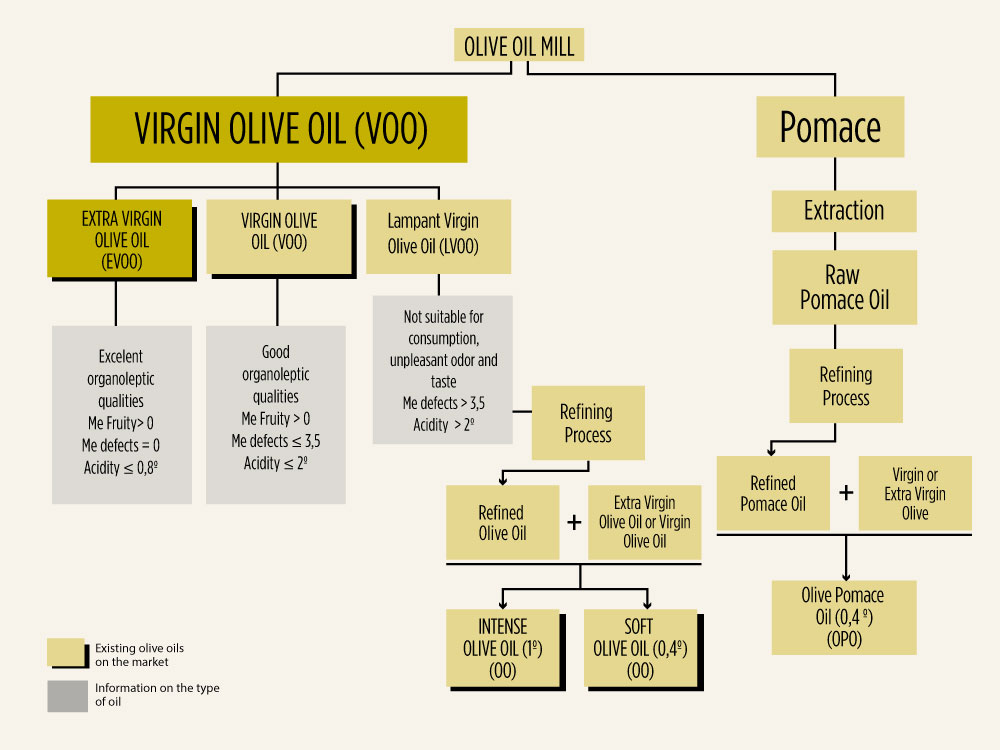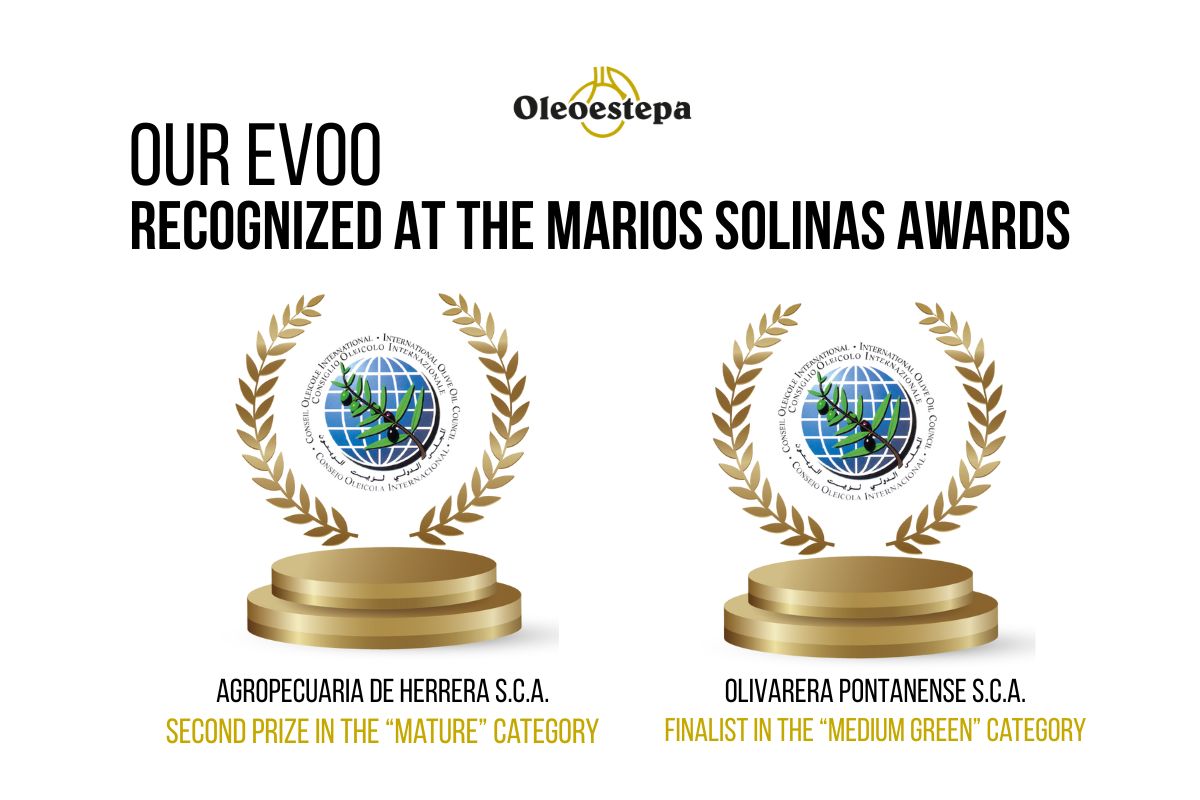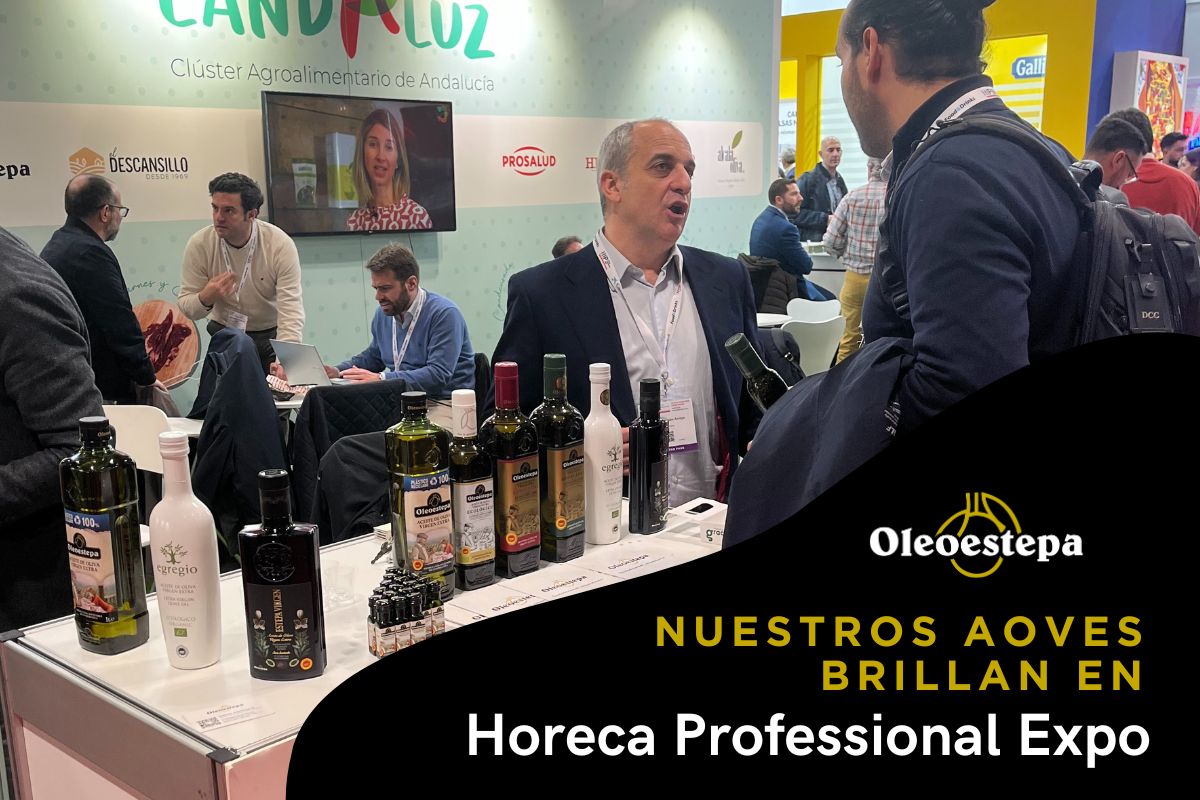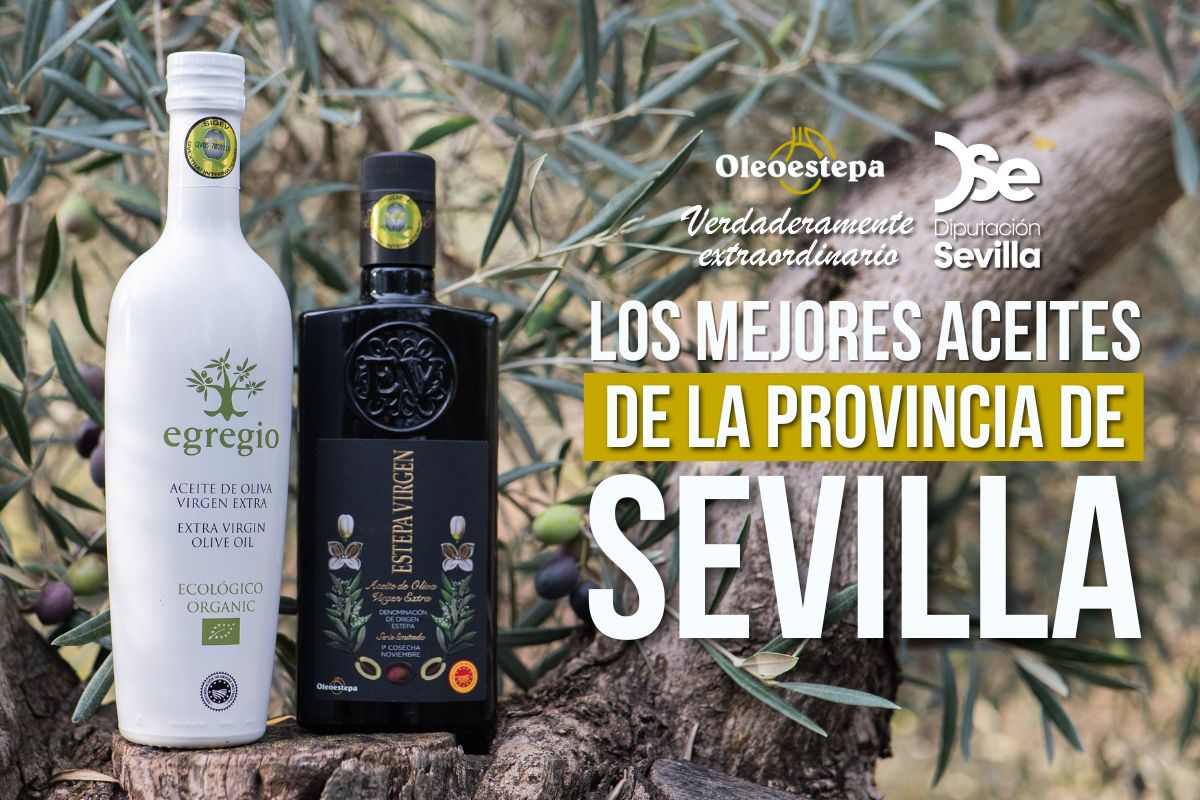The word EVOO is an acronym that comes from the abbreviation of Extra Virgin Olive Oil. This expression was used only by experts in this sector, but in recent years it has become popular thanks to healthy food movements and its dissemination in social networks.
By derivation, there are other acronyms, perhaps less popular, with which the other categories are called. This is the case of VOO for Virgin Olive Oil, or simply OO for conventional olive oil.
EVOO, the irreproachable olive juice.
Now that we know what EVOO means, we are in a position to ask ourselves, what makes Extra Virgin Olive Oil different from the other categories?
Well, its quality. EVOO is a flawless olive juice, with no defects related to its flavor or aroma and which exceeds the requirements established in a physical-chemical and multi-residual analysis carried out by an accredited laboratory.
As the label states, it is extracted exclusively by mechanical means. Although its degree of acidity cannot exceed 0.8% in the case of EVOO’s protected by the Protected Designation of Origin Estepa (PDO) cannot exceed 0.3%. This parameter is directly related to the amount of free fatty acids in the oil, derived mainly from a less than optimal state of health, as occurs when the olives are chopped, have been frozen or are picked from the ground. In short, the lower the acidity, the higher the quality of the fruit and the EVOO produced.
In addition to acidity, other parameters such as peroxide index, K270 or waxes are also taken into account. What is behind this chemical nomenclature? Let’s simplify. The peroxide value expresses the amount of active oxygen in the oil, providing information on its degree of oxidation or rancidity. Although it should not exceed 20 meq/kg (milliequivalents of oxygen per kilo), the Oleoestepa AOVÉ’s that are covered by the PDO Estepa are restricted to less than 15 meg/kg.
Scientifically, the K270 index is a spectrophotometric test in the ultraviolet wavelength range that can indicate the presence in the oil of secondary oxidation compounds (other than peroxides) that have a maximum absorption at a wavelength of 270 nm. These compounds are the result of the state of conservation of the oil, of modifications suffered as a result of technological processes, contamination or adulteration.
In short, it measures the capacity to become rancid over time, so that an oil will be of higher quality when its K270 index is lower. As with the previous parameters, the PDO Estepa certification establishes a more restrictive limit in order to guarantee higher quality.
And finally, waxes, present in olive oil through leaves or dirt, high extraction temperatures and inadequate preservation, among other reasons.
Virgin olive oil or VOO
VOO is extracted in the same way as EVOO, but its acidity level is usually above 0.8%, with a maximum limit of 2%. In other words, its free fatty acid content is higher, resulting in a fruit in poorer condition.
There are cases in which the physical-chemical analysis seems to be an EVOO because it meets its requirements. However, it will be the sensory analysis that detects a defect, it will no longer be irreproachable and, consequently, it should be marketed under the denomination of virgin olive oil.
Lampante virgin olive oil or LVOO
The LVOO is the juice resulting from the olives of poorer quality. It has an acidity of more than 2% and multiple defects, which make it unfit for human consumption, hence it is sent to industrial refineries to produce other types of oils and by-products.
In the refineries, this defective juice is subjected to chemical or thermal processes that drastically reduce its acidity levels and other physicochemical parameters, but also its organic compounds and natural antioxidants. The resulting vegetable fat is the main base of the following oil that we explain below.
A curiosity: the adjective “lampante” is linked to the word “lamp”, since this oil, which is not suitable for human consumption, has been used to illuminate the rooms of homes since ancient times.
Olive oil (refined + virgin) or OO
This is the most confusing category for consumers, which we will try to clarify. AO is a blend of virgin olive oils with refined oils from the AOVL explained above. On the shelves you can find it under the generic denomination olive oil, and in some cases accompanied with the classification mild and intense, depending on the amount of EVOO contained in the blend.
Olive pomace oil or OPO
Like olive oil, this is also a mixture of OOV and refined oils, but in this case from the solid residue of the olive, called pomace. This dark mass is stored in special tanks during the campaign to extract the olive juice, and then transferred to the factories where it is processed to extract the pomace olive oil, popularly called orujeras.
It is a product suitable for human consumption and is marketed under the name Olive Pomace Oil.

We hope that this article has served to clarify some terms related to olive oil that can lead to confusion. If you want to know more about the EVOO culture, we invite you to visit other articles of our blog and to subscribe to our newsletter.




